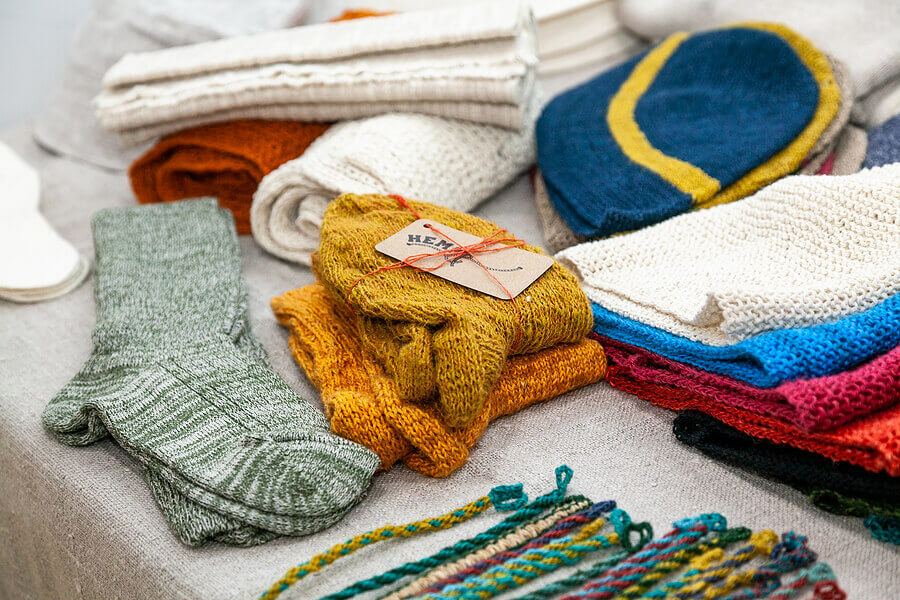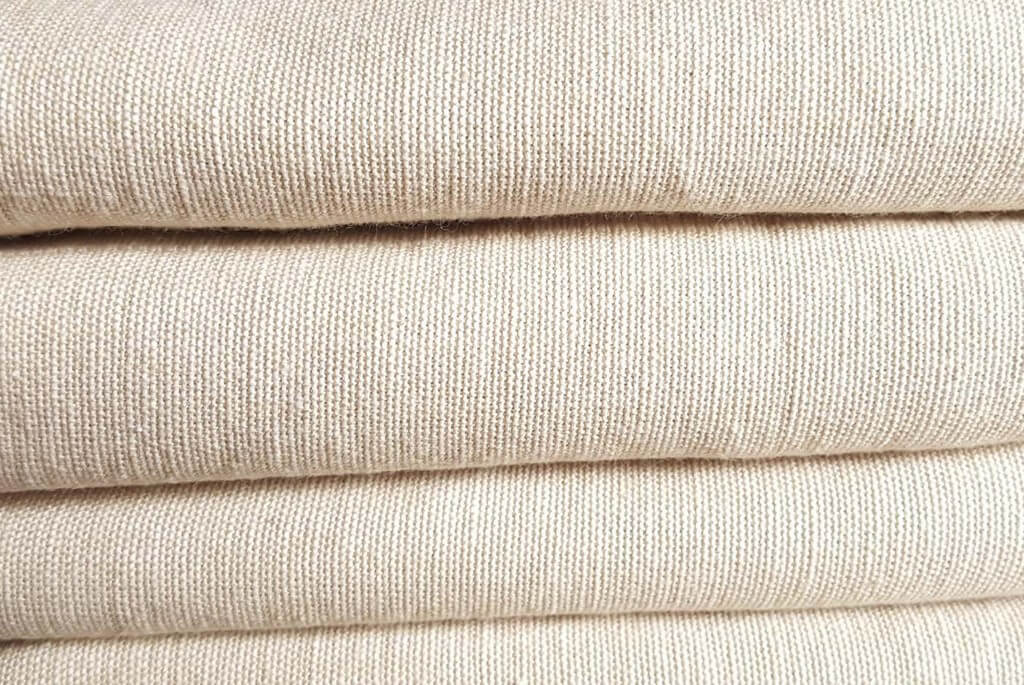Best Advice For Choosing Bamboo Clothes
Wiki Article
What Makes Hemp More Sustainable Than Cotton In Terms Of Water Use Pesticides, Herbicides, Or Water Use?
Hemp is considered a sustainable crop when compared to cotton with regard to water use, pesticides and herbicides for several reasonswater Usage-
Hemp Hemp is regarded as a plant that has less water requirements compared to cotton and other crops. Hemp is a drought-resistant plant that can grow without water. Hemp is usually grown with rainwater in a variety of locations. It is a water-efficient plant.
Cotton- Conventional cotton is notorious for its high water consumption. Cotton farming requires extensive irrigation that could lead to local water shortages and the depletion of water in areas that are under stress. The cultivation of cotton is highly water-intensive, that has led to worries regarding its long-term sustainability.
Herbicides and pesticides
Hemp - The hemp's natural resistance to many pests, diseases and weeds helps reduce the need for synthetic pesticides. Some hemp crops might require pest control measures. However, the overall use of chemical inputs for many crops is lower than cotton, for instance. Hemp cultivation organically can be free of pesticides.
Cotton- The traditional cultivation of cotton is based on synthetic herbicides and pesticides to control weeds and pests. The use of these chemicals can have negative impacts on the environment, including contamination of water and soils. They may also harm non-targeted species and lead to pesticide-resistant pests.
Summary Hemp is a sustainable crop when it comes the use of water, pesticides, and herbicides.
Hemp can be grown using only a little water, rainwater or irrigation.
Hemp is a natural defense against many pests.
Hemp plants require less chemical pesticides and herbicides as compared to conventional cotton.
However, it's important to remember that environmentally sustainable and sustainable practices may differ among producers and in different regions. Organic farming practices can also improve sustainability by cutting down on the usage of synthetic chemical and improving soil quality. When evaluating the environmental impact of textiles and clothing, using organic fibers such as cotton or hemp can aid in reducing the fashion industry's ecological footprint. Take a look at the best published here about hemp clothing for site tips including hemp garments, hemp apparel, patagonia work pants hemp, organic hemp clothing, hemp polo shirts, hemp bathing suit, hemp polo shirts, patagonia ranch jacket, hemp clothing wholesale, hemp cotton fabric and more.

What Is The Hemp-Based Clothing's Performance To Other Fibres In Terms Of Performance And Quality?
Hemp clothing offers several benefits in terms of technical and functional over other fibers, in addition to being eco-friendly. Hemp clothing is an excellent alternative to go green because it's water- and sweat-resistant.
Hemp fibers wick moisture away from the body, keeping you dry and cool in hot temperatures. They can help to wick away sweat from your skin, allowing you to stay cool during hot temperatures.
Temperature Regulation
Hemp clothing has excellent thermoregulating properties. Hemp clothing can help keep you warm by capturing heat close to your body and also cool you down in hot weather by allowing heat and moisture to be able to escape. This natural regulation of temperature can lessen the need to change clothing often.
Durability and long-term durability:
Hemp fibers are renowned for their durability. Hemp clothing is stronger and more able to wear than clothes constructed from other fibers such as cotton. This means that hemp clothing will last longer, thus reducing the frequency of replacements, and consequently, environmental impact.
UV Protection
Hemp fibers are an excellent UV shield, protecting the skin against harmful UV radiation. This benefit is especially useful when you are doing outdoor sports or activities.
Biodegradability:
Hemp clothing is degraded over time. This property helps reduce the environmental impact of waste textiles, in contrast to synthetic fibers that can persist in landfills for a long time.
Low Environmental Impact
Hemp farming typically uses fewer synthetic pesticides and herbicides than conventional cotton. Hemp also uses less water and is therefore a more sustainable option. Hemp farming organically improves the eco-friendly features.
Carbon Sequestration
When they grow hemp plants are able to absorb carbon dioxide in the air. In this way, hemp can serve as a carbon sink in order to aid in reducing greenhouse gas emissions.
Sustainability and Crop Rotation
Hemp can be easily incorporated into crop-rotation systems that improve the overall health of soils. It also reduces the chance of soil depletion or disease accumulation. This sustainable farming technique is made possible by the sustainable farming methods.
Versatility:
Hemp fibers may be blended with other substances (such organic cotton or recycled polyester) to produce eco-friendly and high performance blends of fabric. This versatility permits the creation of new and sustainable textile products.
Low Toxicity
Hemp fibers are low in toxicity by nature, and they don't need chemical treatment. They reduce the environmental impact associated with the production of textiles.
It is important to remember that while hemp does have numerous eco-friendly and functional benefits however, its overall sustainability depends on factors such as the dyeing process, transportation and ethical working practices. Consumers who want to make eco-friendly choices should choose clothing brands that use hemp and other sustainable fibers, and should prioritize transparency and ethical manufacturing. Have a look at the best hemp clothes url for website tips including 100 hemp shirt, hemp cotton fabric, hemp and cotton fabric, mens hemp clothing, patagonia work pants hemp, hemp baja hoodie, patagonia ranch jacket, hemp bathing suit, hemp long sleeve shirt, organic hemp hoodie and more.

What is the difference between bamboo and hemp fibers?
Two different fibers, bamboo and hemp both are utilized in the production of textiles. Each of them is unique and comes with its own advantages and distinct characteristic. Here are the most important differences between hemp and Bamboo fibers. Plant Source-
Hemp- Hemp fibers are derived from the stalks of the hemp plant, and specifically the outer bast fibers. Hemp, a versatile and quickly growing plant, has been used in many ways for centuries.
Bamboo- Bamboo fibres are produced by the cellulose of bamboo plants. Bamboo is known as grass that grows with rapid growth as well as for its ability to regenerate quickly.
2. Fiber Specifications-
Hemp The fibers of hemp are highly durable and strong. They are one of the strongest fibers in nature and get softer each time they're washed, so they are great for making textiles.
Bamboo fibers are silky and soft. They're not as durable as hemp fibers, and they can be more delicate, however they are coveted for their suppleness against skin.
3. Texture-
Hemp- Hemp fabric has an extremely rough and textured texture, especially when it is in its natural form. It's comfortable, but the texture is different from bamboo.
Bamboo- Bamboo fabric feels soft, silky and incredibly soft. It's often described as feeling like a mixture of cotton and silk, making it highly comfy to wear.
4. Breathability, Moisture Wicking, and Breathability
Hemp- Hemp is naturally and breathable. It also absorbs moisture. They are able to keep you cool and dry in hot weather.
Bamboo is also extremely ventilated, and it also wicks away the moisture. They are brimming with micro-gaps, which enhance their ability to regulate moisture and temperature, ensuring you are comfortable in various conditions.
5. Environmental Impact-
Hemp- Hemp is considered an eco-friendly fiber because of its water-required minimum rapid growth rate, as well as resistance to pests, reducing the need for pesticides as well as herbicides. Hemp can also absorb carbon dioxide out of the air during its growth.
Bamboo is a popular choice for environmentally friendly building materials. It is fast growing, requires less water and is easy to grow without synthetic pesticides. Certain bamboos are considered to be sustainable, including Moso bamboo.
6. Processing-
Hemp- Hemp fibres need extensive processing to separate inner bast fibers from the woody core inside. The process may involve retting or decortication.
Bamboo- Bamboo fibers can be obtained using a chemical called the viscose or rayon process. This involves the use of chemicals to break down the bamboo fiber. Although this can cause environmental concerns if it is not managed properly, some bamboo fabrics use closed-loop systems to reduce chemical waste.
7. Versatility-
Hemp- Hemp fibers are versatile and used in a wide range of uses, such as paper, textiles, clothing construction materials, and much more.
Bamboo fibers can be found in a wide range of products, such as sheets and towels.
In the end, both hemp and bamboo have distinct qualities and sustainability advantages. The choice between them is based on the qualities you are looking for in a fabric and also your preference for the environment. Have a look at the best continue reading this on bamboo clothes for site recommendations including bamboo fishing shirts, bamboo jeans brand, women's freefly apparel, ladies bamboo t shirts, bamboo cotton pajamas, bamboo family pajamas, bamboo dress shirt, bamboo shorts womens, mens boxer shorts bamboo, bamboo pants and more.
